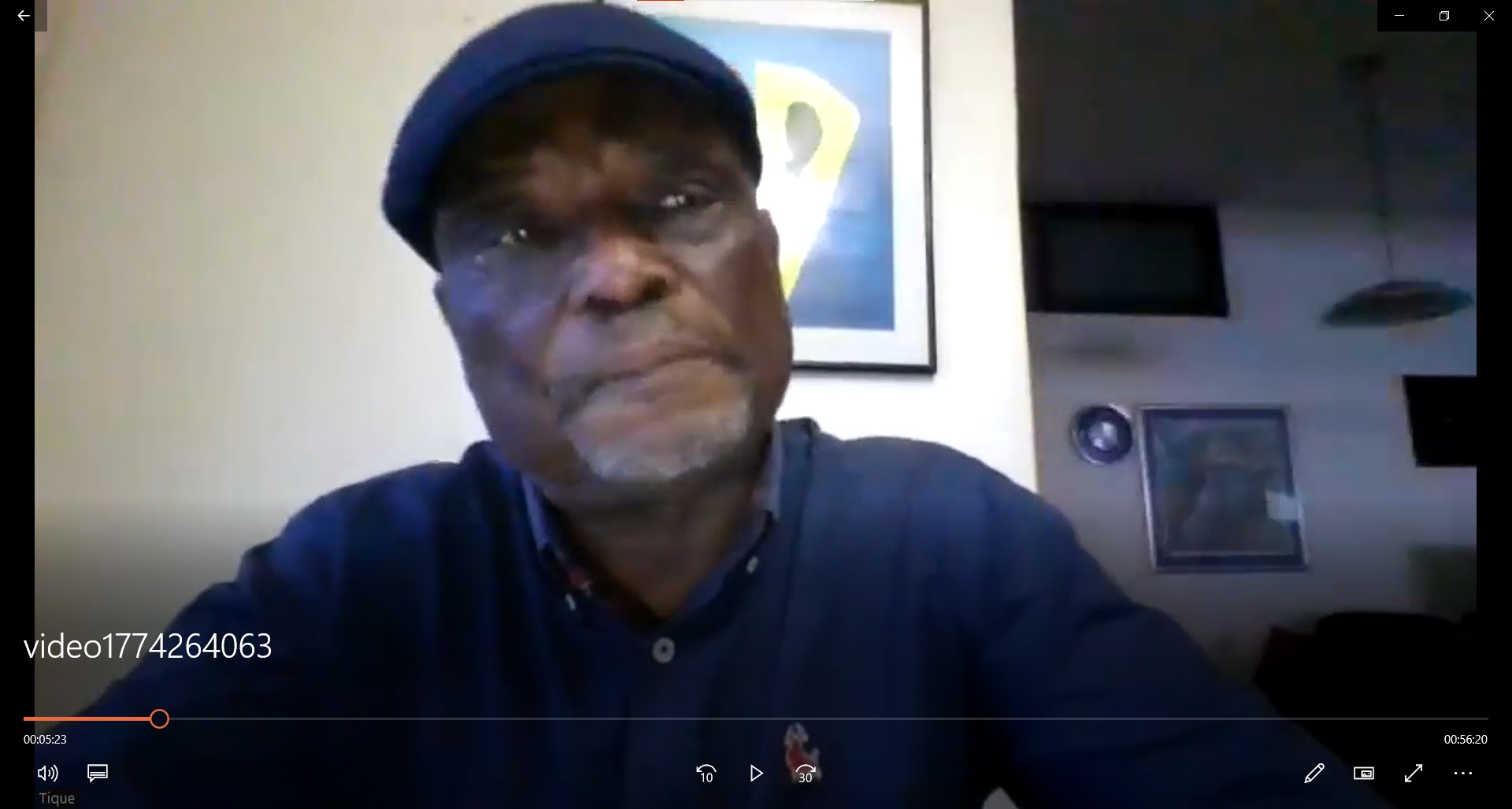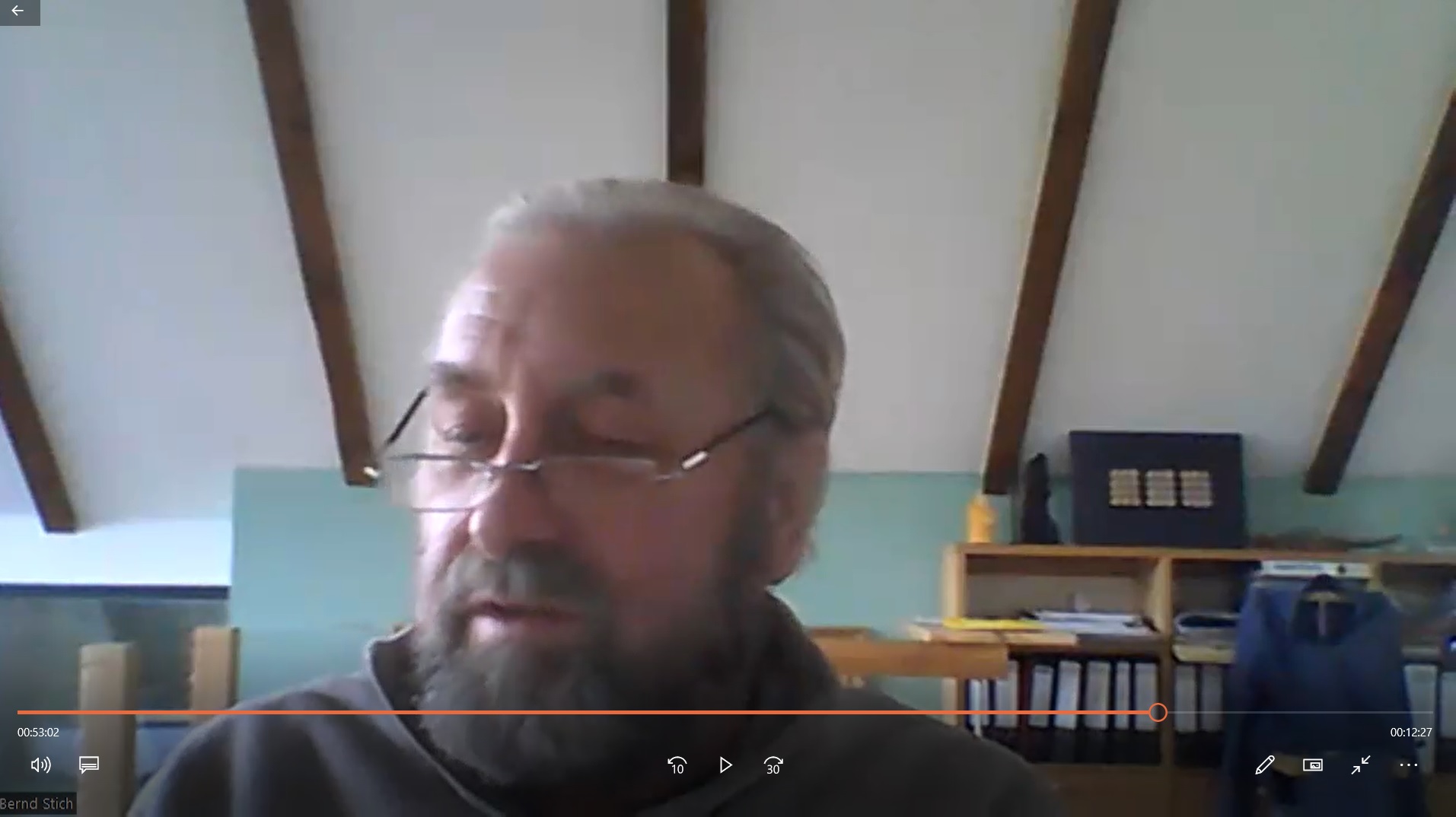- 1960
Zonas libertadas. Mozambique and the decolonization of the city
- 1979
In 1975, Mozambique finally freed itself from Portuguese colonial rule and began to develop a self-governing society. But already during the long struggle for independence, Mozambicans experimented with new ways of organising communal life in the zonas libertadas – the rural areas liberated by the anti-colonial movement FRELIMO. In the vast areas where the Portuguese military had lost control, schools, administrative structures and new models of living and working emerged.
After liberation, this rich experience was also to be used to design and plan urban spaces. When the first urban policy agenda of the independent state was formulated at the National Conference for Cities and Community Neighbourhoods in 1979, decolonising the city became a central leitmotif. This resulted in demands for the abolition of racial inequality concerning access to land, for popular participation in local political decision-making and for ending urban planning that only served the exploitative rationalities of the colonial state.
Other debates also shaped the country's postcolonial urban development. The political revolution and the development of unorthodox socialism had a deep impact on urban planning and strengthened the role of FRELIMO’s communal structures. The influence of expat experts, who were supposed to compensate for the lack of local construction specialists, became a determining (and controversial) factor in Mozambican architecture. After 1975, when there were only five architects left in a country with around 10.5 million inhabitants and a rapidly growing population, the foreigners’ impact was considerable. Not only were new ideas and impulses imported, but new dependencies emerged. Finally, the search for an individual, local response to challenges of architectural and urban planning in a country characterised by war and scant resources led to controversy and unusual architectural experiments, particularly in housing construction.



How did practitioners view these debates? The film explores Maputo’s city centre on a Sunday in the summer of 2022 and follows the memories of three architects who were involved in Mozambican urban planning from independence to the early years of the multi-party system in the 1990s. João Tique (1954) was a member of parliament after independence and secretary of the Mozambican Youth Association, which was closely associated with FRELIMO. After the advent of Maputo’s first Faculty of Architecture in 1986, he was among the first cohort of students and later headed an authority for social housing. From 2016, he served as director of the faculty for several years. Bernd Stich (1951) came to Maputo in the early 1980s as a representative of the Muster- und Experimentalprojekt department of the Bauakademie der DDR. He was responsible for the implementation of an experimental housing development for university employees, which was intended to explore the use of GDR prefab technology for Mozambique’s ambitious mass housing scheme. Deviating from his official assignment, however, he and his local partner Mário do Rosário became increasingly interested in small-scale, economical construction methods. Paolo Martegani (*1938) became familiar with the country as a lecturer of the Sapienza Università di Roma. Through university partnerships with Luanda and, later, Maputo, he contributed substantially to the development of the Faculty of Architecture and promoted the use of computers in training architects.
Subtitles vor the video are available in English and German.
Film and idea: Nikolai Brandes
Camera: Aguacheiro Multimédia, Maputo
Post-production: Anna-Maria Weber
Interview transcripts and translations: Sophie Eisenried, Ivete Jevinge, Peter Seeland
Text: Nikolai Brandes.
Literature
Brandes, Nikolai. 2022. „‘Das Ziel waren Wohnungen für die ganze Bevölkerung‘. Ein Gespräch mit dem mosambikanischen Architekten Mário do Rosário, der in Maputo die Umsetzung eines der letzten Wohnungsbauprojekte der DDR im Ausland begleitete“. In: Butter, Andreas und Flierl, Thomas, Architekturexport DDR. Zwischen Sansibar und Halensee. Berlin: Lukas, 56-71.
Forjaz, José. 1985. „Research needs and priorities in housing and construction in Mozambique”. Habitat International, 9, Nr. 2: 65–72,
doi: https://doi.org/10.1016/0197-3975(85)90009-8.
Forjaz, José. 1999. Entre o adobe e o aço inox. Between Adobe and Stainless Steel. Lissabon: Caminho.
Ministro de Estado na Presidência. 1979. „Discurso de abertura”. Eröffnungsrede zur 1a Reunião Nacional sobre Cidade es Bairros Comunais, 26. (?) Februar 1979, herausgegeben durch die República Popular de Moçambique, Maputo.
Momplé, Lília. 2001 [1995]. Neighbours. The Story of a Murder. Harlow: Heinemann.
Related articles
-
Architectural transfer between Cuba and the GDRPeriods:Institutions and Organizations
-
"Tropenbau" from WeimarPeriods:
- 1985
Institutions and Organizations -
Geschmortes HerzPeriods:
- 2022
TravelsArtists:- Sonya Schönberger
-
PlattenlotusPeriods:
- 1974
- 2074
Object Histories -
Ferry TalePeriods:
- 1975
TravelsArtists:- Siska
-
SUNS 1958-1962-1989Periods:
- 1962
Private ContactsArtists:- Christiane Eisler
- Dirk Alvermann
- Abdelkrim Amirouche
-
Jenseits der Heimat. Sozialismus, Leben und ErinnerungPeriods:
- 2022
Travels
